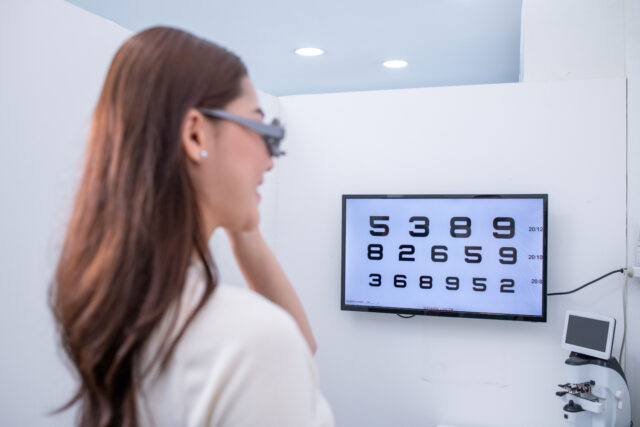
Creating an accessible environment in optometry offices is essential to providing equitable care for all patients, including those with visual impairments. Let’s explore how to create a welcoming and accessible optometry office space for individuals with diverse visual abilities.
Why Accessibility Matters
Optometry offices play a vital role in managing eye diseases like glaucoma and macular degeneration, often affecting vision. Ensuring that optometric offices are accessible to individuals with low vision is crucial for fostering equal access to healthcare and improving the management of eye diseases.
Physical Environment Accessibility
- Signage: Use bold fonts, high-contrast colors (think black on white or yellow) and consider tactile options for improved legibility.
- Clear Pathways: Keep walkways free from clutter, ensure smooth flooring to minimize tripping hazards, and use distinct color contrasts to define different areas.
- Lighting: Maintain well-lit spaces with even illumination and offer adjustable lighting options for individual needs.
Making Paperwork Accessible
- Large Print: Provide forms and educational materials in large print formats.
- Digital Access: Offer downloadable documents or access through a website portal for easy zooming and text-to-speech options.
Tailoring the Eye Exam Experience
- Visual Acuity Testing: Utilize charts specifically designed for low vision, with larger optotypes and increased contrast.
- Near Vision Testing: Invest in accessible charts like the MNREAD chart for accurate assessments.
- Verbal Communication: Guide patients through each step of the exam, explaining actions and instrument use.
- Post-Visit Summary: Provide a verbal summary of the findings and plan, as patients may not be able to access online portals easily.
Staff Training and Additional Considerations
- Train all staff, including receptionists and technicians, on how to best assist patients with low vision.
- Minimize unnecessary room changes during the exam to reduce fatigue and risk of falls.
- Explore assistive devices and technologies to further enhance the patient experience.
- Collaborate with low vision specialists for additional support.
By implementing these strategies, optometry offices can create a more inclusive environment, fostering better patient care and overall well-being. Accessibility isn’t just about compliance; it’s about creating a welcoming space where everyone feels comfortable and confident receiving the eye care they deserve. SOURCE: Optometry Times Journal




